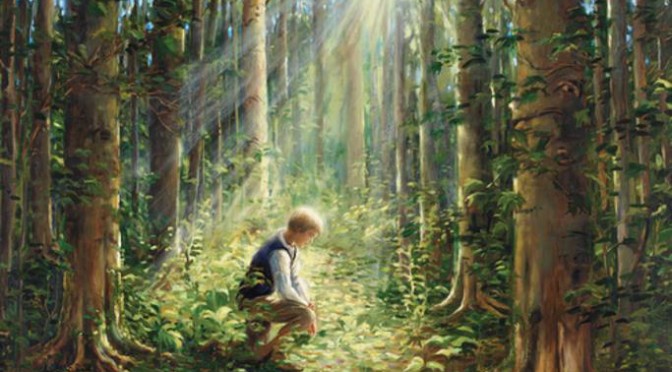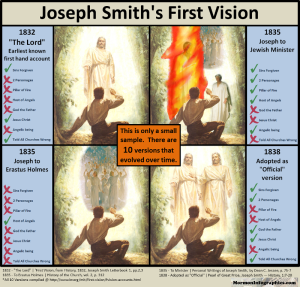“Don’t you dare bail. I am so furious with people who leave This Church. I don’t know whether ‘furious’ is a good apostolic word. But I am. What on earth kind of conviction is that? What kind of patty-cake, taffy-pull experience is that? As if none of this ever mattered. As if nothing in our contemporary life mattered. As if this is all just supposed to be “just exactly the way I want it and answer every one of my questions and pursue this and occupy that and defy this – and then maybe I’ll be a Latter-Day Saint!?” Well, there’s too much Irish in me for that.”
– Apostle Jeffery R. Holland (audio link)
Mr. Holland was not yet an apostle when I was a Conference watcher, so I don’t have much experience with him, but may I offer a brief riposte to the above tersely worded statement?
Dare to bail. I am so joyous when someone grabs hold of truth, and facts, and reason. To take the path they know is right, even in the face of difficulty. I don’t know whether ‘joyous’ is a very good heathen word. But what on Earth kind of conviction does that take? What kind of fidelity to veracity? To let your ability to reason and logic lead you into the unknown and unfamiliar? Just as if this all is exactly the way it is supposed to be, with all it’s warts and problems, and that “I don’t know, but I will strive to learn more” is a perfectly acceptable answer to hard questions. To admit that knowing something with your heart isn’t the best way to know anything, and that not knowing is far more honest.
Well, I suppose there’s just enough skepticism in me for that.
Bail on beliefs that can be shown to be false.
Bail on beliefs that cause more strife than they relieve.
Bail on organizations that promise hope and deliver pain.
Bail on leaders who command sacrifice and give none of themselves.
In the words of a man much wiser than I, “Believe as many true things and as few false things as possible.”
“Doubt is an uncomfortable condition, but certainty is a
ridiculous one.” – Voltair


